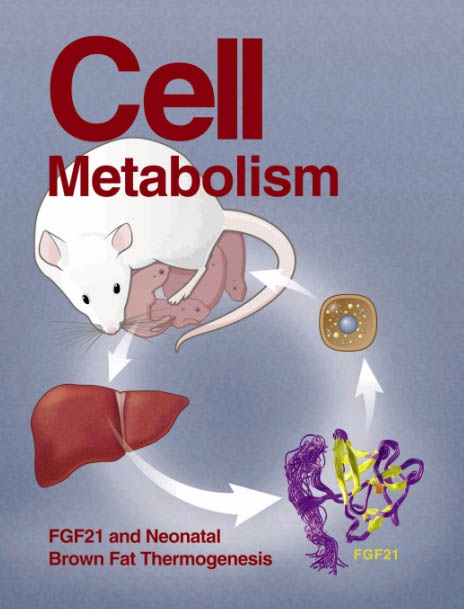Circulating glycerate predicts resilience to fructose-induced hepatic steatosis
IF 30.9
1区 生物学
Q1 CELL BIOLOGY
引用次数: 0
Abstract
Excessive intake of dietary fructose increases the risk of metabolic-dysfunction-associated steatotic liver disease (MASLD), cirrhosis, and cancers. However, what host factors determine disease vulnerability is incompletely understood. Here, we leverage genetically divergent mouse strains, mass spectrometry-based metabolomics, and in vivo isotope tracing, identifying circulating glycerate as a biomarker that predicts resilience to fructose-induced hepatic steatosis in both sexes. We found that the surge of circulating glycerate after an oral fructose provision reflects strong small-intestinal fructose catabolism. Such fructose clearance by the small intestine is linked to a weaker induction of hepatic de novo lipogenesis and steatosis upon chronic fructose exposure across strains. These data indicate the potential utility of an oral fructose tolerance test and circulating glycerate measurements to predict an individual's susceptibility to fructose-elicited steatotic liver and provide personalized dietary recommendations.

循环甘油酯可预测果糖诱发肝脂肪变性的恢复能力
过量摄入膳食果糖会增加代谢功能障碍相关的脂肪变性肝病(MASLD)、肝硬化和癌症的风险。然而,哪些宿主因素决定疾病易感性尚不完全清楚。在这里,我们利用遗传分化的小鼠品系、基于质谱的代谢组学和体内同位素追踪,确定循环甘油作为一种生物标志物,预测两性对果糖诱导的肝脂肪变性的恢复能力。我们发现,口服果糖后循环甘油的激增反映了小肠强烈的果糖分解代谢。小肠的这种果糖清除与各菌株慢性果糖暴露后肝脏新生脂肪生成和脂肪变性的诱导较弱有关。这些数据表明口服果糖耐量试验和循环甘油测量在预测个体对果糖引起的脂肪变性肝的易感性和提供个性化饮食建议方面的潜在效用。
本文章由计算机程序翻译,如有差异,请以英文原文为准。
求助全文
约1分钟内获得全文
求助全文
来源期刊

Cell metabolism
生物-内分泌学与代谢
CiteScore
48.60
自引率
1.40%
发文量
173
审稿时长
2.5 months
期刊介绍:
Cell Metabolism is a top research journal established in 2005 that focuses on publishing original and impactful papers in the field of metabolic research.It covers a wide range of topics including diabetes, obesity, cardiovascular biology, aging and stress responses, circadian biology, and many others.
Cell Metabolism aims to contribute to the advancement of metabolic research by providing a platform for the publication and dissemination of high-quality research and thought-provoking articles.
 求助内容:
求助内容: 应助结果提醒方式:
应助结果提醒方式:


